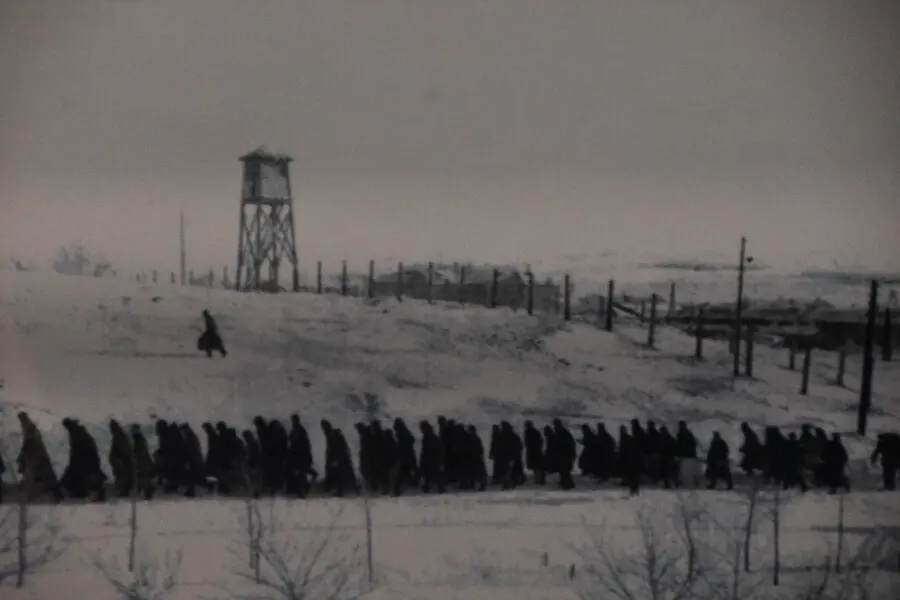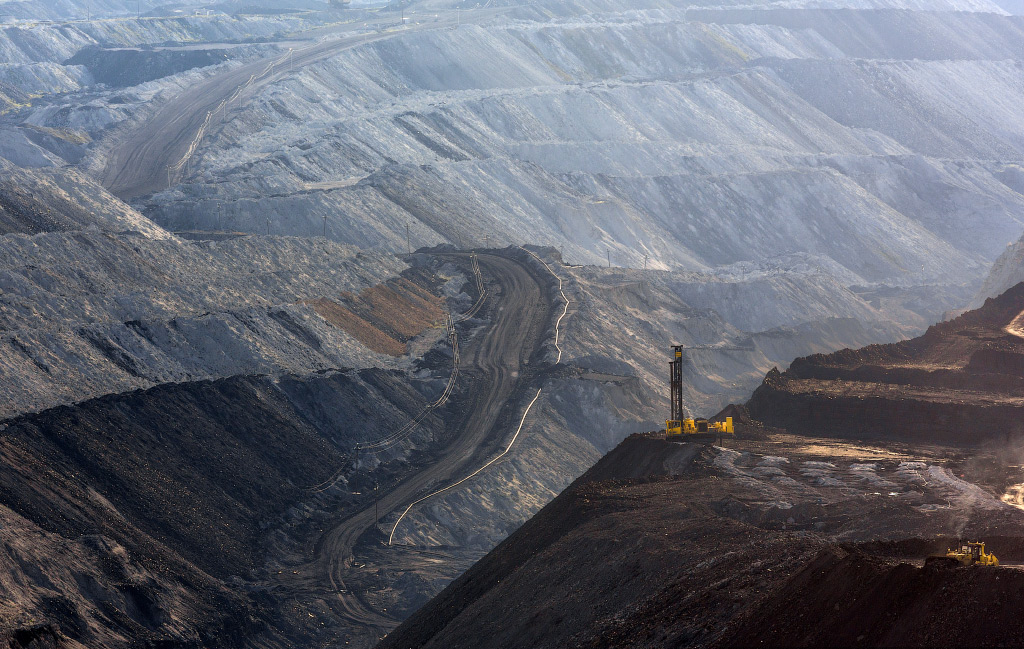Karaganda
On October 28, 2023, an explosion of methane gas in the Kostenko mine in Karaganda took the lives of 46 mine workers, out of 252 people who were present in the mine. The eight mines in the region that are owned by ArcelorMittal are to be transferred to the government of Kazakhstan.
Emma Rothschild, October 31, 2023
The Karaganda mine in Kazakhstan -- or {49.81, 72.97} -- is in a region of industrial production, developed in the late 19th century and expanded during World War Two. By 2002, in the description of a World Bank report, "Kazakhstan [was] the ultimate mining and metallurgical country." The region around Karaganda is still one of the largest sources of coal for steel production in the former Soviet lands.
 In the 1930s, the region became the site of the "Karaganda Corrective Labor Camp," or Karlag, a vast gulag that "stretched hundreds of kilometers through Kazakhstan's steppe and held hundreds of thousands of prisoners." The administrative building of the camp is now a "Museum of the Memory of the Victims of Political Repression."
In the 1930s, the region became the site of the "Karaganda Corrective Labor Camp," or Karlag, a vast gulag that "stretched hundreds of kilometers through Kazakhstan's steppe and held hundreds of thousands of prisoners." The administrative building of the camp is now a "Museum of the Memory of the Victims of Political Repression."
The contemporary city of Karaganda is a place of multiple kinds of pollution. There are high concentrations of particulate matter, sulfur dioxide, nitrogen dioxide, phenol and formaldehyde, according to a 2021 study by scholars based at the Buketov Karaganda State University; "370 enterprises of the region emit into the atmosphere more than 800 thousand tons of waste per year."
The Karaganda mines are old and deep, and methane emissions have increased even faster than coal production; "underground coal mines in Kazakhstan are some of the most gassy in the world and prone to violent gas outbursts." But they have also been a "case study" of how to reduce methane emissions to the atmosphere, through mitigation and through the use of coalbed methane. There have been multiple investigations of methane in Kazakhstan since 2006 and 2011, including by the UN Economic Commission for Europe (UNECE). Even the owner of eight of the Karaganda coal mines, the international steel company Arcelormittal, has undertaken its own case studies of methane and "energy efficiency."
 The potential uses of coalbed methane have been the subject of continuing international interest, as in the UNECE's work on Coal Mine Methane and Just Transition. But they are an uncomfortable subject in global climate policies. To expand the use of coalbed methane -- even when the methane would otherwise have been emitted to the atmosphere -- is to develop a new form of fossil fuel energy. To develop new technologies is to engage with the coal companies who have for so long been the villains of climate consciousness. In Karaganda, these technologies could also be associated with reducing local as well as global pollution.
The potential uses of coalbed methane have been the subject of continuing international interest, as in the UNECE's work on Coal Mine Methane and Just Transition. But they are an uncomfortable subject in global climate policies. To expand the use of coalbed methane -- even when the methane would otherwise have been emitted to the atmosphere -- is to develop a new form of fossil fuel energy. To develop new technologies is to engage with the coal companies who have for so long been the villains of climate consciousness. In Karaganda, these technologies could also be associated with reducing local as well as global pollution.
The Kazakh steppes were a desolate place, in the political imagination of the 1930s; a space of wasted lives and wasted land. But Karaganda, now, is a place of possibility. The TROPOMI satellite sees emissions from space, and it does not see environmental regulations or property rights in underground resources; case studies that are there to be re-discovered; universities and environmental ngos; families living with respiratory illnesses;. The study by the scholars at Karaganda State University is itself an inspiration in the micro-macro understanding of climate and loss; an experiment in collaboration across disciplines and scales, in "analysis, synthesis, as well as historical-systemic methods of scientific research... an interdisciplinary approach, when methods of various scientific natural and humanitarian disciplines will be used to achieve the final result, which is very important in modern scientific research."
